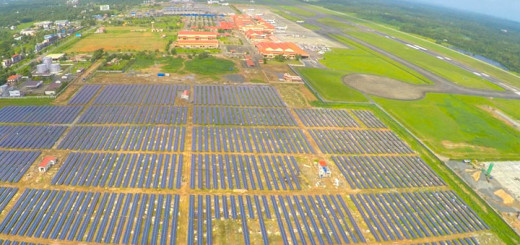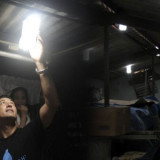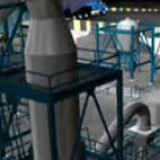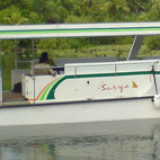Algae Powered Buildings – Could this be the next alternative for Kerala?
The Building and Construction sector remains a key contributor of global warming, with the sector being responsible for about 40 percent of energy demand and energy and process-related Carbon dioxide emissions globally. The Paris Climate Accords of 2015 had set an agenda to achieve climate neutrality by 2050 but according to the reports by UN Environment Programme, the energy consumption and emissions of the building sector is at an all-time high even after the global pandemic, raising doubts that climate/carbon neutrality shall yet remain an impossible dream.
While the construction sector is scrambling to find green alternatives to reduce carbon footprint, Arup, the engineering and design firm whose works include the Opera House in Sydney, built an algae-powered building way back in 2013 in Hamburg, Germany. Algae is an abundantly found fast-growing organic material which has many useful properties. The Bio Intelligent Quotient (B.I.Q) building by Arup is a 15-storey concrete apartment building with 129 glass bioreactor panels containing algae on it’s south-west and south-east facade. They use freshwater algae, which under sunlight multiplies and produces biomass through photosynthesis.
The harvested biomass is fermented to produce biogas, which is burned in fuel cells, and this generates electrical power sufficient for the building. During this process, heat is produced, which is redirected to the building’s underground geothermal system, which is then redistributed to provide heating to the apartments and also for warm water. Another by-product of the process of burning biogas is CO2, which is fed to the algae. The algae in the glass panels have to be continuously fed CO2 and ventilated and mixed with pressurized air. This is done through two support tubes at the bottom of the panels, which also helps in heat exchange and harvest of biomass.
The density of algae is monitored regularly and is adjusted according to the availability of sunlight. The glass panels are not fixed so the inhabitants of the apartment can slide them for shade in the balcony. The panels also act as thermal collectors and absorb solar energy that isn’t used by the algae for photosynthesis. The harvesting of biomass and its transportation to a combined heat and power plant is facilitated by a local energy company. The dead algae is also used to make food supplements rich in minerals.
The building is thus designed to use renewable energy sources to generate energy, making the generated power carbon-neutral. The B.I.Q building was made as a part of the International Building Exhibition and it also received subsidy under the Zukunft Bau (Future Construction) programme of the German government, which supports renewable and zero energy design.
The designers of the building successfully proved that carbon-neutral construction ideas need not remain on paper and yet the B.I.Q building remains one of its kind even in 2023.
Early constructions in Kerala were more eco-friendly, with the raw materials being bamboo, coconut trunks, lime, mud, leaves etc. but the facilities were limited. In today’s densely populated Kerala which requires more buildings to house its people, an algae-powered building could be a viable green construction option. The state has plenty of water-bodies which could provide abundant raw materials for this kind of construction. With subsidies, like in Germany, the government can support novel eco-friendly construction projects which utilizes locally available raw materials.
Author: Namitha Sam































